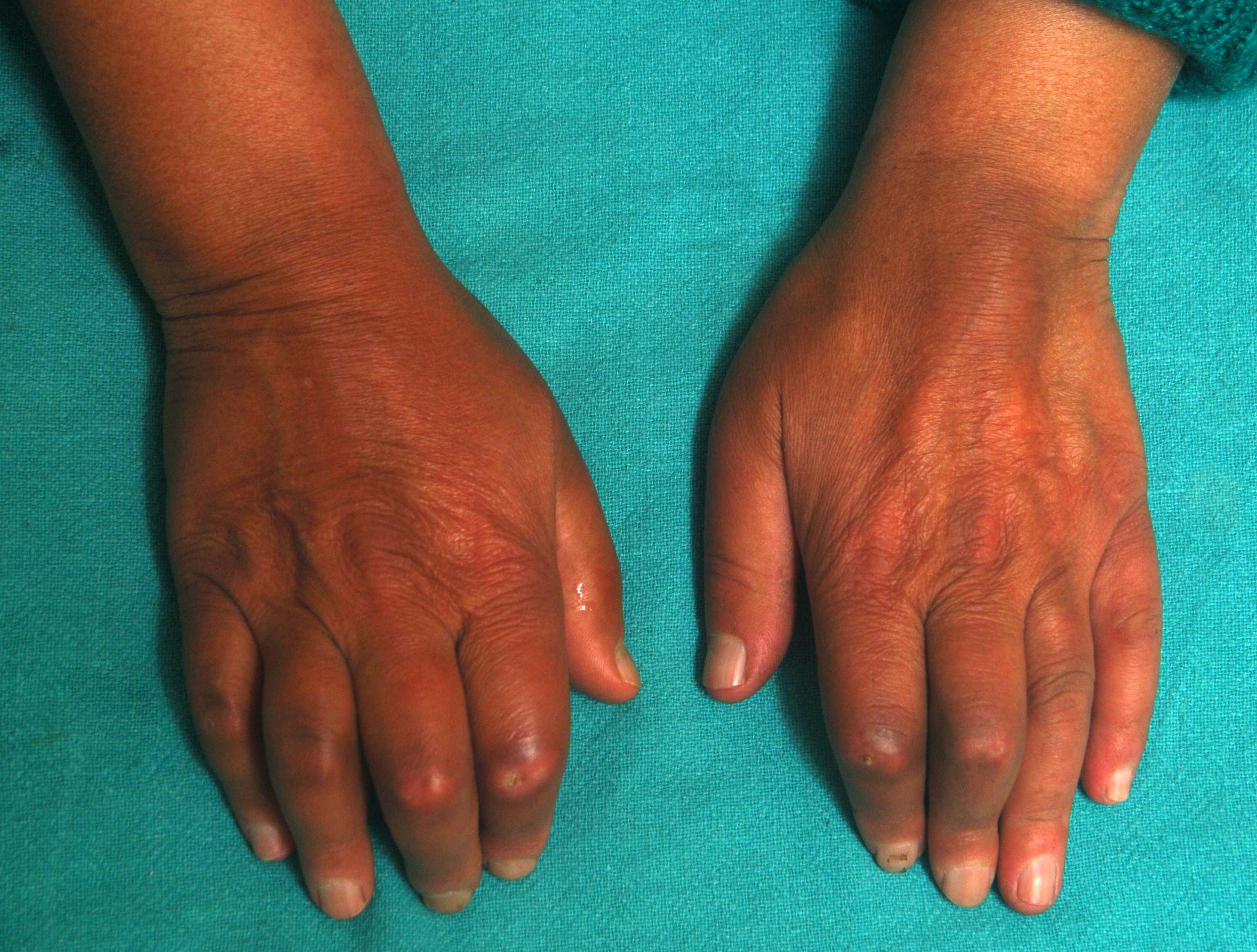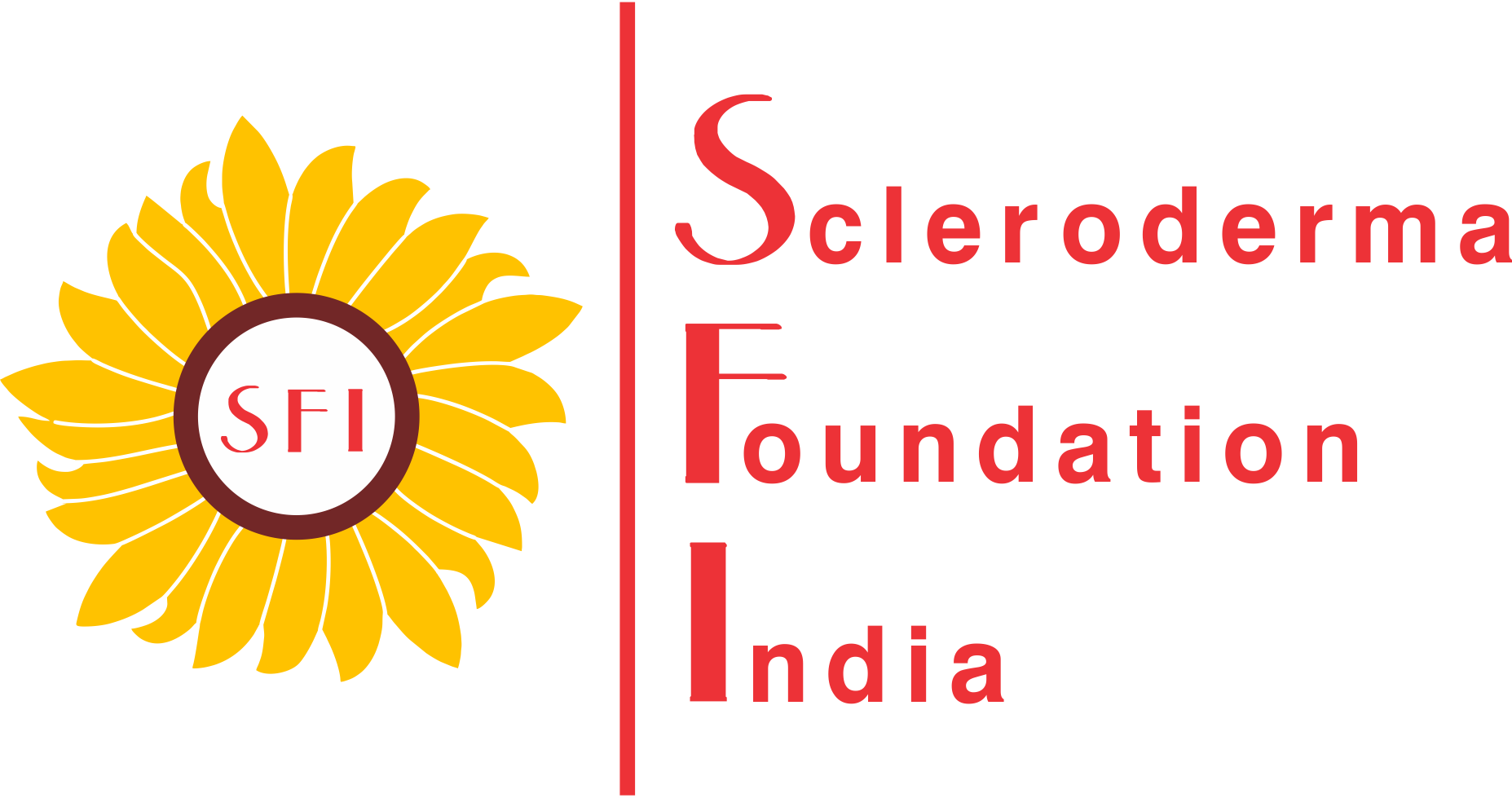What is Scleroderma

Scleroderma or Systemic sclerosis (SSc) is characterized by the deposition of excess collagen in skin and internal organs due to vasculopathy, immune activation, and fibrosis. It can be classified by extent of skin involvement, autoantibody profile, and pattern of organ involvement. Diffuse cutaneous SSc with organ involvement has a poorer prognosis than limited SSc. Pulmonary fibrosis, pulmonary arterial hypertension and cardiac causes account for the majority of deaths in SSc.
Classification:
(A) Based on extent of skin involvement:
1.Diffuse Cutaneous Scleroderma: Skin thickening present on the trunk, face, proximal and distal extremities.
2.Limited Cutaneous Scleroderma: Skin thickening limited to sites distal to the elbows and knees, may involve face and neck. CREST syndrome, a variant seen in some patients, comprises of calcinosis, Raynaud’s, oesophageal dysmotility, sclerodactyly and telangiectasia.
3.Sine Scleroderma: Internal organ manifestations, vascular and serologic abnormalities, without detectable skin changes.
4.Overlap Syndrome: Occurring concomitantly with systemic lupus erythematosus, inflammatory muscle disease or rheumatoid arthritis.
5.Intermediate lcSSc: Moinzadeh et al 1 suggested a new subset intermediate to lcSSc and dcSSc.
6.Cancer Associated DcSSc: Another group which develops cancer.
In future, the patients would be classified by auto-antibody profile, gene expression patterns or molecular skin signatures using microarrays.
